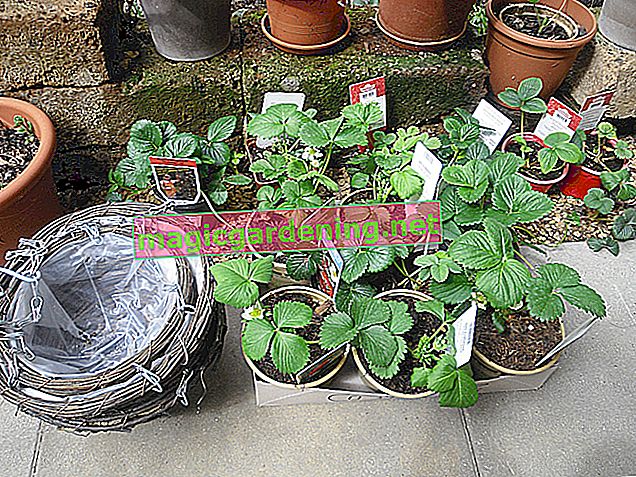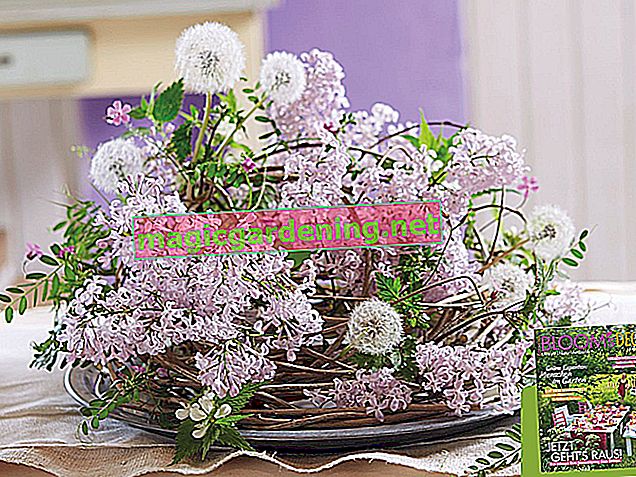
Why does my Dipladenia have lice?
Your Dipladenia, which is also sold as Mandevilla, is probably not in the optimal location or it was not properly poured. The two reasons are the main cause of a lice infestation. If the plant is too dark or too cool, then it becomes sensitive to pests and diseases
also read
- Help, my Dipladenia is losing its leaves!
- Help, my Dipladenia froze to death!
- Can my Dipladenia overwinter in the cellar?
How can I rid my Dipladenia of the lice?
Lice are easy to control with home remedies or biological measures. Just hosing down with a powerful jet of water is often sufficient. Alternatively, a solution made from soft soap (59.99 € at Amazon *) or nettle manure, which does not necessarily smell pleasantly, also helps.
How can I prevent a lice infestation?
The best way to prevent lice infestation is to give your Dipladenia the opportunity to grow vigorously and healthily. As in her home country, she should be warm and bright without being exposed to the blazing midday sun for hours. To be on the safe side, check your plants regularly for lice infestation, then you can react quickly in an emergency.
Too much or too little water affects the health of Dipladenia and makes them more susceptible to lice infestation. During the flowering period, the Mandevilla also needs fertilizer regularly, because flowers require a lot of strength.
The essentials in brief:
- check regularly for lice infestation
- react immediately in the event of an infestation
- preferred time for a lice infestation: from early summer
- Fight lice as biologically as possible
- Hosing down with water, soft soap solution or nettle liquid
- Keep warm and light to prevent infestation
- water sufficiently, but not too much
Tips
The Dipladenia is rarely attacked by lice. However, these can easily be combated biologically. An infestation can also be prevented with good care and the right choice of location.








